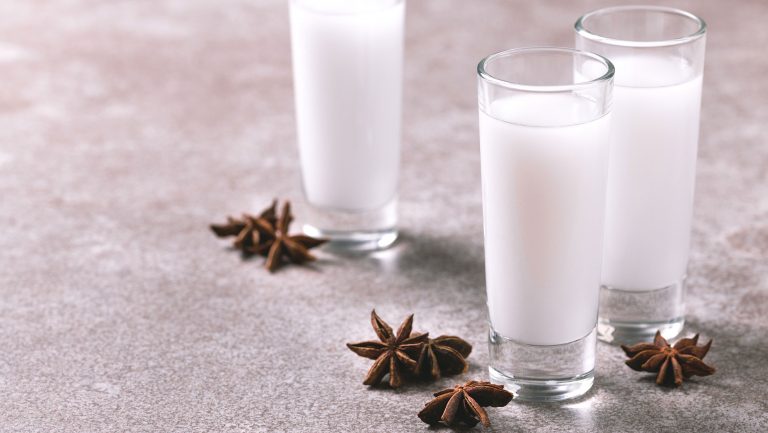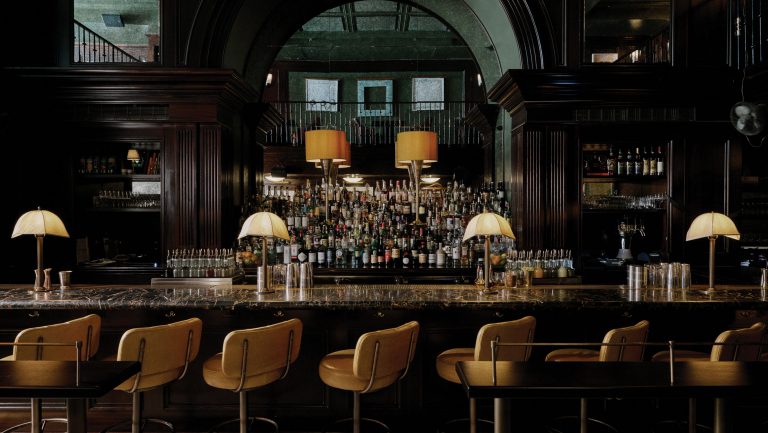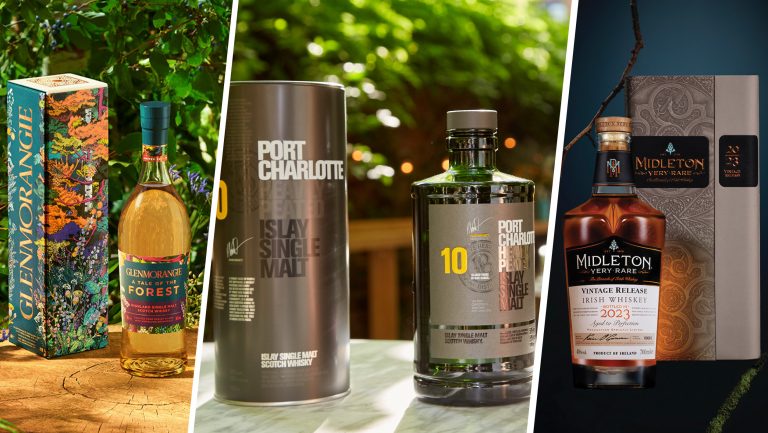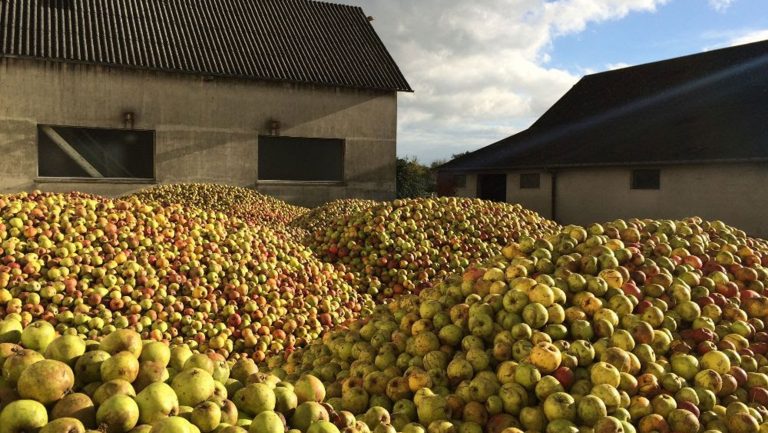The history of arak is a long, expansive, and rich one. It is rife with clay amphorae, conquerors, and poets. Its scope extends from Mesopotamia to the Mongol Empire, from Spain and Portugal to the Middle East. But it is only recently that the ancient aniseed and grape spirit found its way beyond the shrinking pool of Arab elders who sing its praises and out of the annals of an obscure and unfamiliar history. Arak, in other words, is gaining traction—and people, especially in the U.S., are starting to pay heed.
According to market research, the global arak market is slated to grow exponentially in the next few years. Technavio projects an increase of 2.63 billion from 2021 to 2026 due to a myriad of factors. An increasing number of distilleries, the spirit’s augmented digital presence, and a growing number of emigrants from Arab countries are chief among them.
Currently, in the U.S. you’re likely to find just a few big players in retail stores and bars—Razzouk, Gantous & Abou Raad, and Kawar, amongst them—but new craft producers, like Farid and Ashtarout, are making headway locally with an eye to soon exporting to a wider audience.

Don’t miss the latest drinks industry news and insights. Sign up for our award-winning newsletters and get insider intel, resources, and trends delivered to your inbox every week.
A New Generation of Arak Producers
One such brand at the vanguard of this micro renaissance in the Arab world and beyond is Muaddi, a Palestinian small-batch, low-volume, seasonal producer of the spirit. Its maker, Nader Muaddi, was disappointed in the state of arak and decided to take matters into his own hands.
“I grew up in the suburbs just outside of Philadelphia in a very close-knit Palestinian community,” says Muaddi. “Drinking arak was seen as a rite of passage. It brings people together. It makes up the fabric of our identity. It also has a truly unique distilling heritage, so I want to share it with the world.”
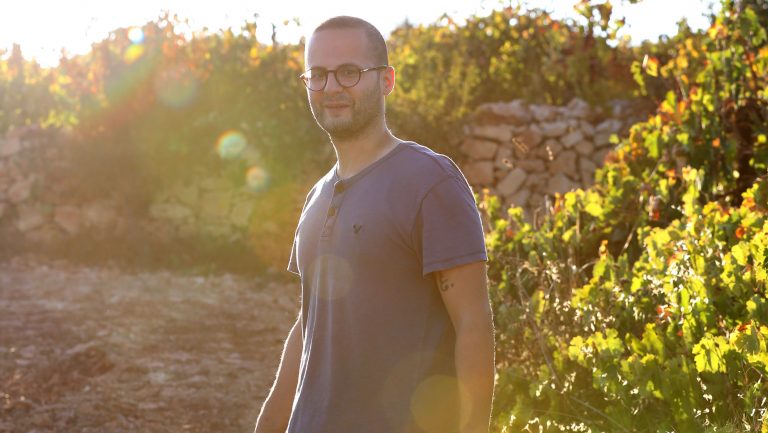
Nader joins a long lineage of ancestors who shared a similar sentiment: Arab merchants, to be exact, who shipped the medicinal wonder (aniseed is purported to cure a long list of gastrointestinal ailments such as indigestion, abdominal pain, and menstrual cramping) to countries throughout the Mediterranean basin. The recent growth of the arak market is due in no small measure to producers like him.
“My distillery has only existed since 2018, but what I can say is that I am getting increasingly more inquiries from abroad,” says Muaddi. “I get, on average, about 15 inquiries per day from all over the world, the great majority of whom are non-Arab and are residents of the U.S. And that figure has been growing consistently.”
A Growing U.S. Market for Arak
In the U.S., a majority of these inquiries are coming from New York City, Los Angeles, and Washington, D.C., cities that are not only teeming with bars interested in what is transpiring abroad, but in which Arab diaspora communities are coming into more frequent contact with Western demographics. These factors compounded by the fierce dedication of producers like Nader are creating the conditions necessary to help facilitate the spirit’s popularity.
Larger producers have contributed to arak’s growth, too, such as the 300-year-old Lebanese wine company Domaine de Tourelles, which has exported Arak Brun since 2005. “Everything authentic and outside the mainstream is attractive to the U.S. consumer now,” says Domaine de Tourelles managing director Faouzi Issa. “Especially the New Yorkers. They like to try things that are not very common and arak goes in that field.” Arak Brun, in particular, has become so attractive that its sales have tripled, mainly in the U.S., in less than three years, according to Issa.
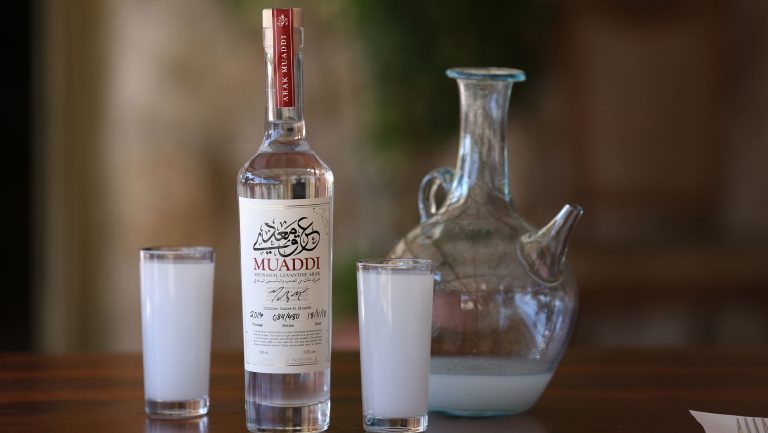
These producers are also supported by an equally passionate cohort of importers and exporters such as VOS Selections and Terra Sancta Trading who are helping to change arak’s standing outside of the Middle East. The latter is one of the leading stateside importers of a diverse selection of products from the Eastern Mediterranean and the Middle East, arak included.
“When I started importing arak 10 years ago, the only place you were able to get it was in, say, the Arab-owned liquor stores and that’s no longer the case,” says Terra Sancta founder Jason Bajalia. “The demand isn’t astronomical, but I’ve definitely seen an increase driven in part by modern Levantine restaurateurs and youth reclaiming it as their thing.”
Arak Finds a Place on Cocktail Menus
Those Middle Eastern restaurants include Manhattan’s Zou Zou’s and Michelin-rated Albi in Washington, D.C., which both feature arak on their menus and in their cocktail programs, offering uninitiated drinkers an opportunity to discover the ancient spirit for the first time.
“Arak kind of lives in the ‘if you know then you know’ category,” says Joey Smith, the bar director at Zou Zou’s. They showcase five araks on the list, including El Massaya and Ramallah from Palestine, as well as in cocktails, such as the Golden Colada, a piña colada variation featuring arak and golden raisins.
“When we started building a cocktail program for Zou Zou’s, arak ended up being a versatile and unique ingredient on our menu,” says Smith. “Many people of Middle Eastern descent grew up around the spirit and the traditional method of drinking it with chilled water is still a popular after dinner treat at Zou Zou’s. But by incorporating it into cocktails, I believe we have piqued the interest of a broader audience.”

In cocktails that call for an absinthe rinse, arak can be used in its stead. The Sazerac variation, aptly titled the Saz’Iraq, at The Green Zone, also in D.C., is a perfect example of this. It’s also incorporated into cocktails with classic ingredient pairings, such as Albi’s The Stronghold, which features tahini-brown-butter-washed bourbon, sherry, and an arak mist.
It is not only the brick-and-mortar spaces that are giving it a boost. “Social media certainly plays a role in making arak more popular,” says Bajalia. “A lot of what was available in the states was just big mass-produced arak. Spirits like that don’t demand respect or good pricing in the market, but social media allows people to see what people like Nader Muaddi are doing. It allows them to see the amount of work, effort, and time that goes into a bottle of arak.”
Like so many other spirits, arak is much more than the sum of its liquid parts. As Bajalia affectionately reminisces, “When we were young, arak was rubbed on our teeth when we were teething, rubbed on our bellies when we had tummy aches. It was the celebratory spirit in our home. It was my first love.”

Dispatch
Sign up for our award-winning newsletter
Don’t miss the latest drinks industry news and insights—delivered to your inbox every week.
Angela Brussel is a Beirut-based freelance journalist and writer focusing on arts and culture whose work has appeared in Los Angeles Review of Books, New Statesman, and Literary Hub to name a few. She spent over a decade working in the hospitality industry.

